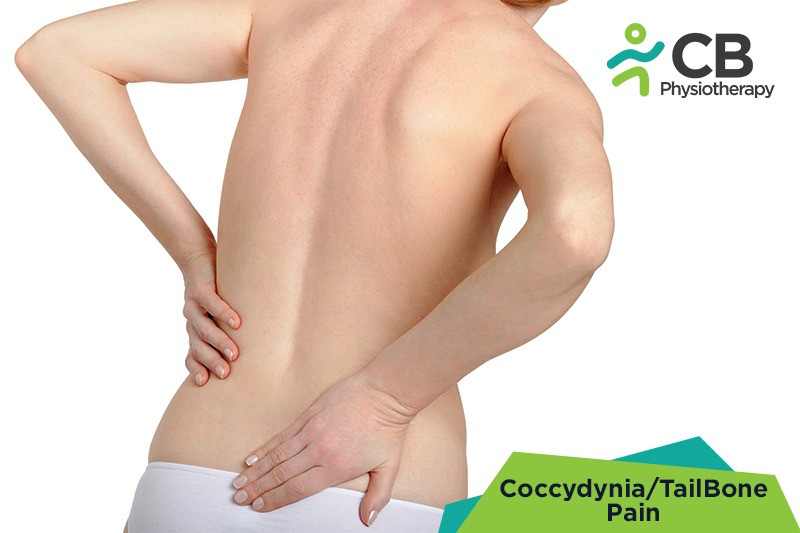
Tailbone pain is a pain that occurs in or around the bony structure at the bottom of the spine (coccyx) and can be caused by trauma to the coccyx during a fall, prolonged sitting on a hard or narrow surface, degenerative joint changes, or vaginal childbirth. The pain may radiate to the hips, thighs, or even to the rectum. It can make sitting difficult, exercise painful, and may even disrupt sleep.
The technical term for tailbone pain is coccydynia. In most people, the pain is a dull, throbbing ache that feels like a muscle spasm. Some people with tailbone pain also experience sharp, stabbing pain. This pain may occur when physically active or when sitting for extended periods of time. The pain may also radiate down the legs or up the back. It can feel like it is in the tailbone itself, or in the surrounding muscles and structures. The right treatment, as well as some home management strategies, can help.
Tailbone pain is usually accompanied by other, more specific symptoms that can sometimes indicate how pain is occurring. Coccydynia may be further characterized by one or a combination of the following symptoms:
Other related symptoms that may occur with coccydynia include:
A wide range of health issues, ranging from minor to serious, can cause tailbone pain. The pain often goes away on its own, particularly with home management. So, if the pain is minor and there is no known cause, it is safe to wait a few weeks before seeking medical care. The most common sources of tailbone pain include:
To make a diagnosis, a doctor will undertake a comprehensive assessment that includes a complete medical history. The doctor may ask about:
Depending on symptoms and medical history, some tests can evaluate the source of the pain. These include:
Many studies find that non-surgical treatments are successful in approximately 90% of coccydynia cases. Treatments for coccydynia are usually non-invasive and include activity modification. The first line of treatment typically includes self-care that can be done without the assistance of a medical professional, such as some of the following:
Additional Non-Surgical Treatments for Coccydynia
If tailbone pain is persistent or severe, additional non-surgical treatment options for coccydynia may include:
Select your City to find & connect with our experts regarding Physiotherapy for Tailbone Pain/coccydynia